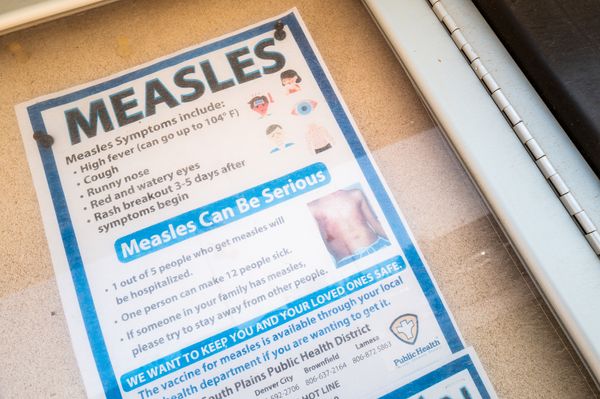Modern wind turbines are growing taller, bigger and more powerful. They offer the potential for reliable, abundant energy. But what happens to the ageing fleet? The industry is now scrambling to avoid a waste problem, giving old turbines a second lease of life. The Down to Earth team takes a closer look.
The first generation of wind farms in Europe were built in the 1990s, mostly in Germany, Denmark and Spain. Fast forward to today and many of those wind turbines are nearing the end of their working lives. While 85 percent of the total mass of a wind turbine can be recycled, blades often end up in landfill or incinerated. It's an awkward conundrum for an industry that's become a symbol of clean energy and sustainability. As wind farms reach the age of retirement, nearly 52,000 tonnes of blades will be decommissioned every year by 2030. Before they turn into waste, scientists and the industry itself are looking for ways to recycle or upcycle those blades.
More with less: Wind turbines repowered
"In Denmark we need to replace between 6,000 to 7,000 turbines within the next seven to eight years," says Joachim Steenstrup, head of public affairs for Eurowind Energy. As an early adopter of wind power, the Scandinavian country is now home to a large fleet of turbines that have become obsolete and need to be decommissioned. Many Danish energy producers are now carrying out what has been known as "repowering" in the industry: replacing old, inefficient wind turbines with modern, more powerful ones. "Re-powering will allow, with fewer turbines, to have 10 to even 15 times more power production than from old turbines," explains Joachim.
The recycling challenge
According to Justine Beauso, an engineer at the Technical University of Denmark, the challenge of recycling wind turbine blades lies in the materials that can't be easily separated: the glass fibres and plastic polymers.
"When you try to expose this material to high temperatures in order to separate the fibres from the polymer, then the plastic parts will degrade, and the glass fibres will get damaged," she explains. Since the recycled glass fibres have much lower strength properties and cannot be reused to build new blades, Justine is looking into other alternatives. Along with the fact that the recycling process itself is very expensive, it becomes even harder to give recycled glass fibres a second life.
From wind turbine blades to a noise-cancelling wall
Some wind turbine blades do find a second life, thanks to Jakob W. Nielsen. He's the founder and CEO of Miljøskærm, a startup that reuses old wind turbine blades to make noise barriers. He developed a special manufacturing process to transform blades into a porous material with acoustic absorbent properties, which has become the main component in Jakob's noise barriers. The first batch was installed in Copenhagen's Vallensbæk neighbourhood and reduced noise by 30 decibels.
The world's first recyclable blade
Siemens Gamesa, one of the leaders in the industry, has also been rethinking the manufacturing of blades from their conception, developing the world's first fully recyclable blades.
"The secret to the solution is in the material," says Jakob Mænnchen, blades manufacturing specialist at Siemens Gamesa. "We have introduced this new epoxy material allowing us to actually dissolve the blades at the end-of-life."
It only takes a simple acidic solution at an elevated temperature, Jakob explains, to separate the materials. While some cannot be reused in the manufacturing of new wind turbine blades, they could be used in furniture or surfboards.







